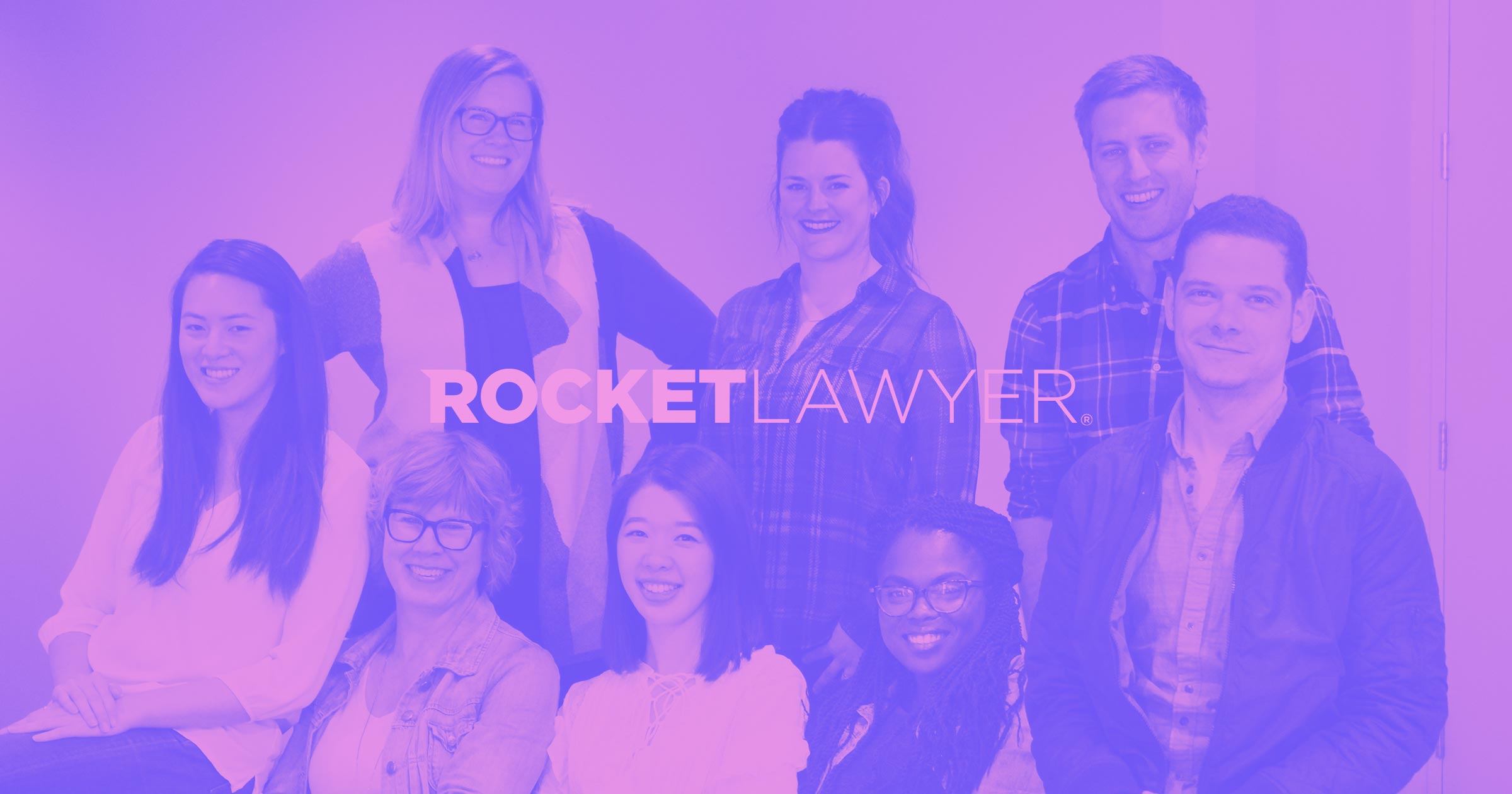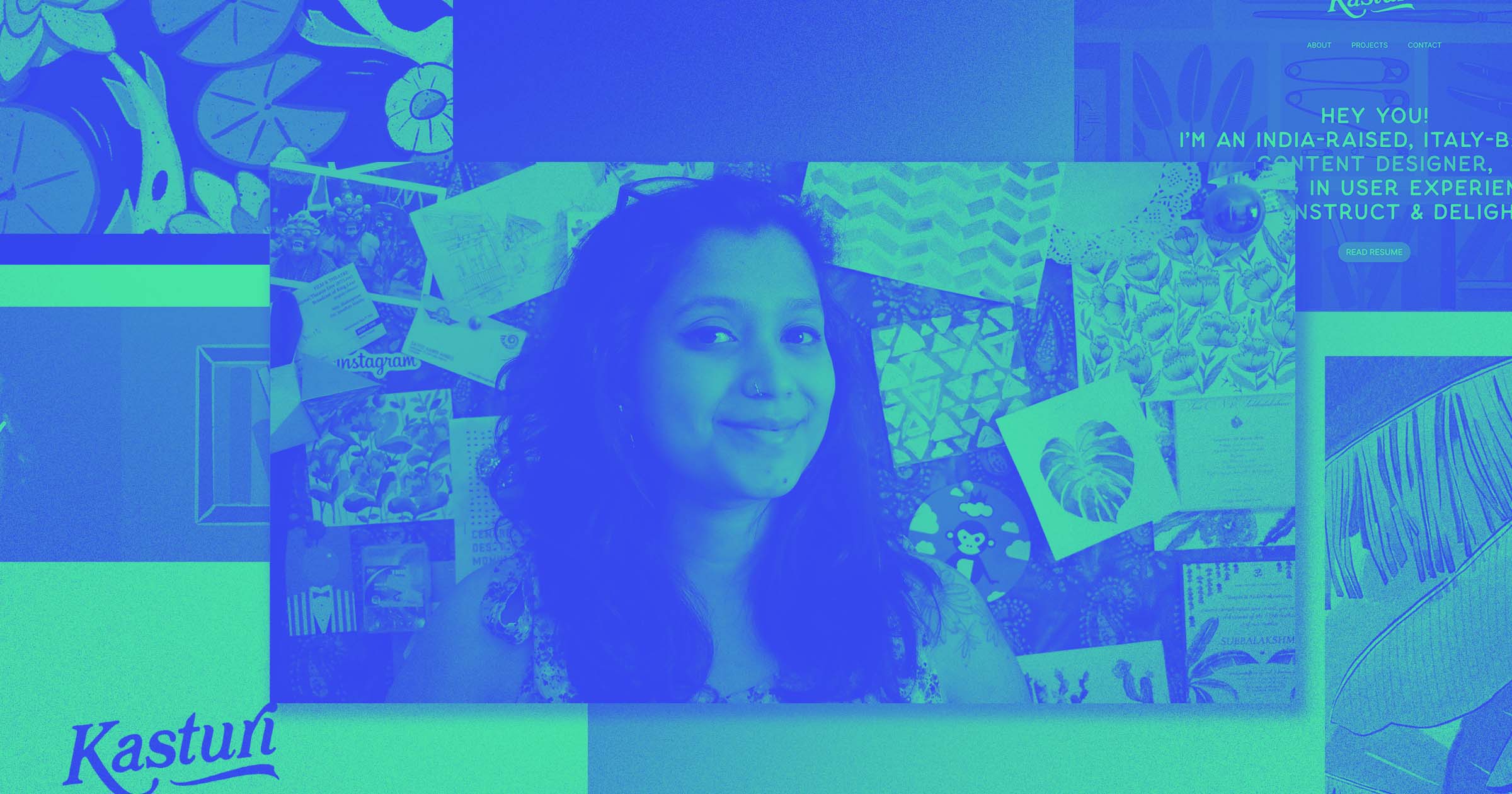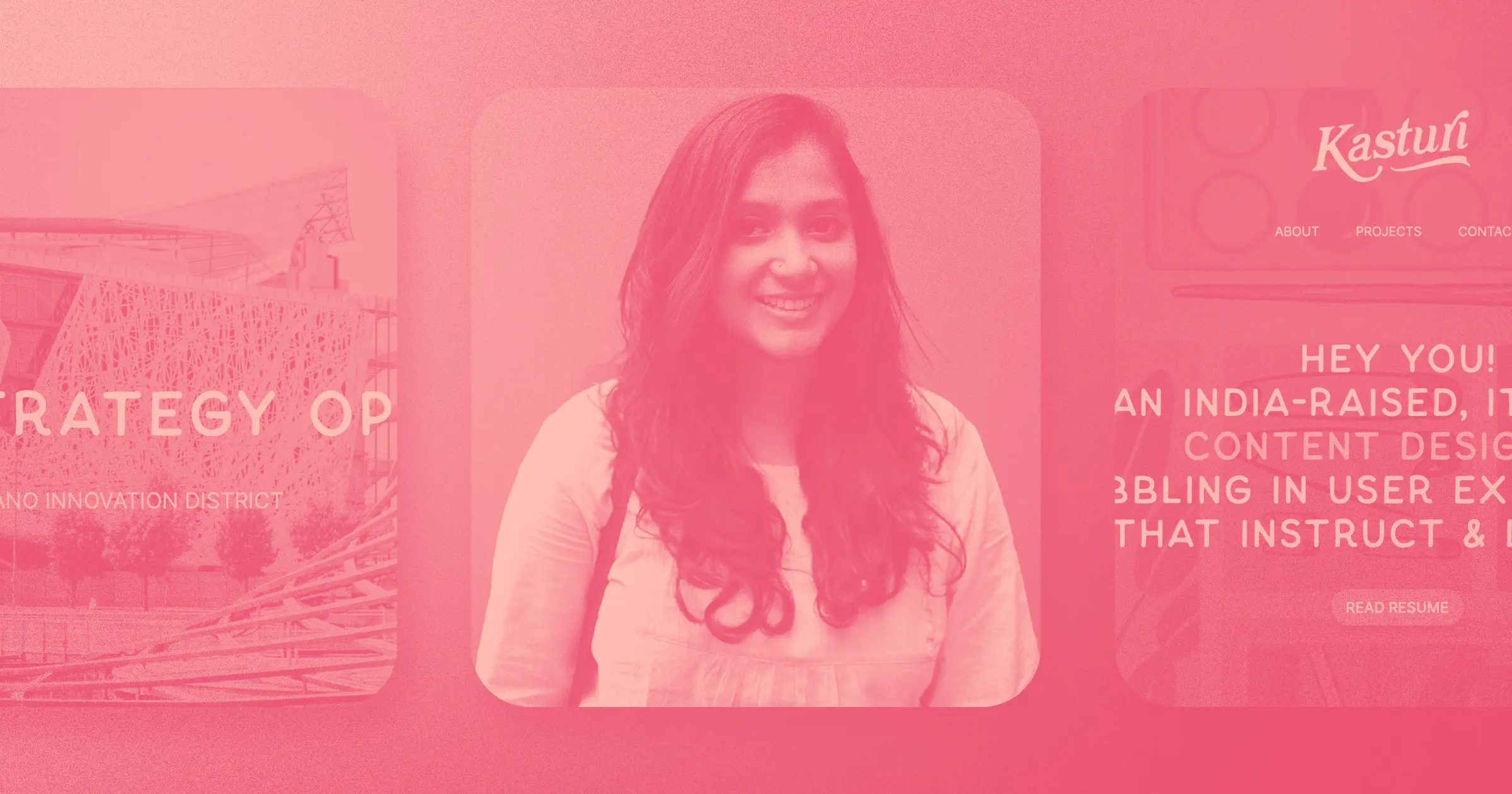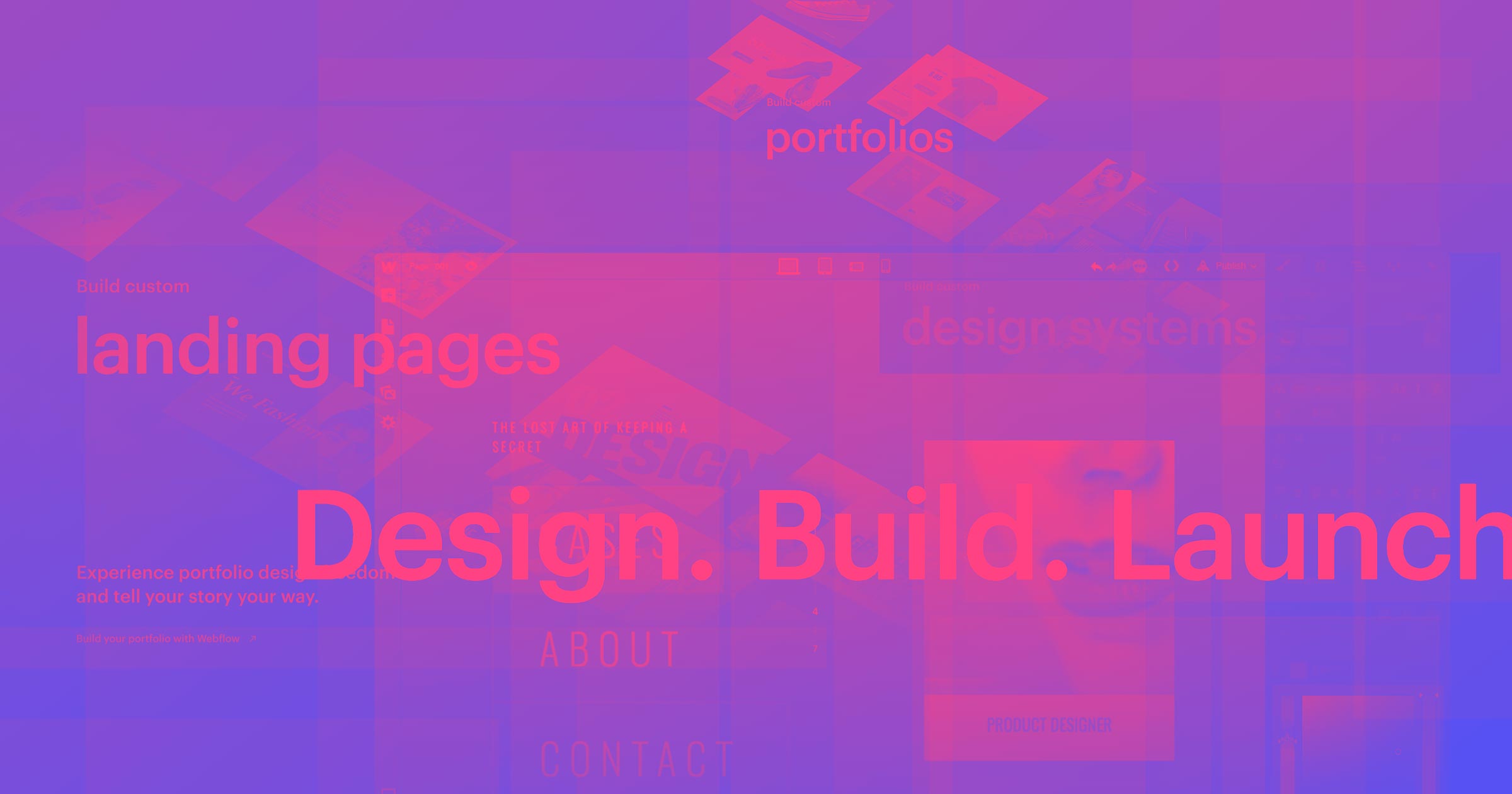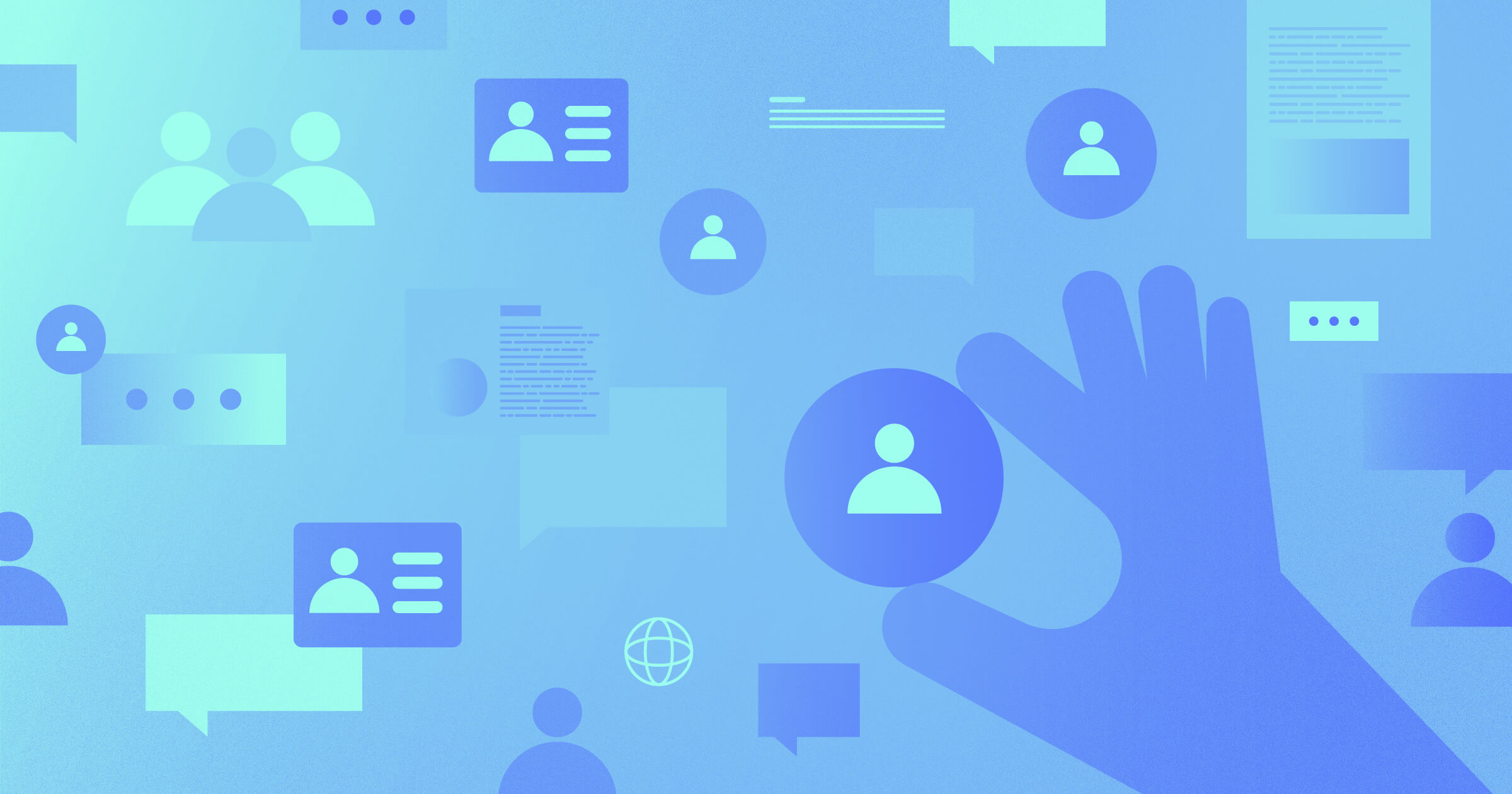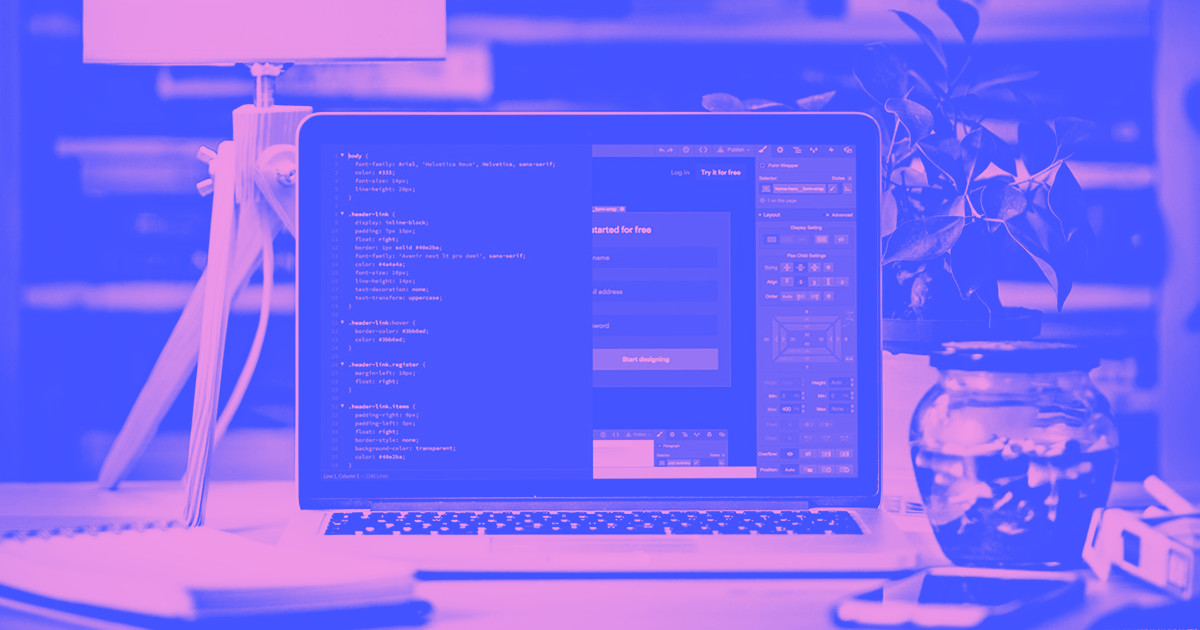Jamie Syke is an independent designer and art director with a passion for landing pages. He sat down with me to talk about his experience with Webflow, his process, and some of his latest projects — including a soon-to-be-published book.
Jamie — hello! Tell us a bit about yourself.
I’m Jamie Syke. I've been designing for about a decade. I got started back when Myspace was still wonderfully popular and everybody was ... younger.
I went from designing band pages on Myspace to working with Zynga (of Farmville fame). I worked with them on some dating platforms, which eventually lead to running a studio called Brotherhood where I worked with a whole bunch of clients, like Bumble. I'm currently more focused on freelance and collaborations.
How do you use Webflow in your design process?
I use Webflow mostly to ship things. I'm a big believer in getting ideas out there and then testing them. And for someone who doesn’t write code at all, Webflow is super useful.
I'm trying to remember how I found Webflow. I think I saw a YouTube video with the Pixel Geek. He was using Webflow to do something that I was trying to do in Sketch that turned out to be easier to do in Webflow.
I get bored and rebuild my website every few months. I've used Webflow to build my last three or four web portfolios, a couple of sites for clients, and a few sites for friends.
I get asked regularly to build sites because people know that what normally takes a few days, I can do in an hour and a half with Webflow.
So, it's definitely sped things up significantly. Building things as I come up with them and being able to see them in context is super important. When I’m just staring at a canvas, I get locked in to that being exactly how a design will be presented. But everyone has all sorts of different ways — screen sizes and devices — to access what you create.
So it’s important to be able to create outside a typical, static canvas and have something that functions. Something you can move around and adjust.
Speaking of portfolio redesigns, you just redesigned yours in Webflow. Tell me a bit about that.
When I ran Brotherhood, I had the idea of adding a smoke effect to a website. I don't know why, but I always wanted smoke on a website.
I ended up building a side page on my old site to see if I could get the smoke effect to work. I built in the mouse reaction stuff that moves it around, and it sort of got a bit out of control from there. It's mostly just me playing with as many of the crazy features as I can without making the site unusable — it’s responsive and everything is where you expect it to be.
It's cool to have been able to be so creative with it and actually have it be live. When I tried the smoke effect before, I would hit the wall and feel like I needed a frontend developer. And there just wasn't one available and I didn’t have the money to hire one.
It’s amazing to be able to put my creativity out there and have it exist on the internet without that help.
It's a really cool landing page!
Thank you. I'm also going to be launching 12 more sites over the next 12 months — a product a month starting in June. I'm starting this crazy experiment to see if I can work on my client projects, keep up with new content, and launch a product a month.
Webflow will be the fundamental platform to get those websites out, which is cool. It gives me an interesting opportunity — as someone who doesn't write a lot of code — to make my ideas happen and learn what resonates with people while able to work quickly.
Is the ability to move quickly from idea to implementation with Webflow the biggest draw for you?
Yes. That and the fact that you can be really versatile with how you can create things. It's not like ages ago when website builders would drag four components in and everyone’s site looked exactly the same. (Cough cough. Squarespace.)
With Webflow, you can play around with a lot of different animations, trigger things off different actions, and do all sorts of fun things that move away from the static nature of the web — designers can express a level of polish that’s harder when they have to write 15,000 lines of code to make it work.



















Free ebook: Web design 101
Master the fundamental concepts of web design, including typography, color theory, visual design, and so much more.
Your project Pyrismic recently won Product of the Day award on Product Hunt. Tell me about that project.
Nice. I did not know it won Product of the Day. That is wonderful.
Ha! Amazing. Well congratulations!
Thanks! That was another project I built and launched with Webflow. Pyrismic was born out of being surrounded by a bunch of really talented designers who all have little gaps in their schedules — all these two-week periods they have available.
We set out to see if there was an interest on the client side and about 100 people got in touch, which validated the idea.
Webflow has been super useful in that project as well. I designed and built that site in about 36 hours — from blank canvas in Sketch to done.
If you're planning to build something in Webflow, my recommended process from a designer's perspective would probably be to build your design in Sketch the same way you’d set up the CSS classes, rather than in a hundred different groups.
If you set it up in the same way from top to bottom, it easy to just build it again in Webflow a second time, because you're just doing the same thing you already did. My style is maybe not very conducive to productivity in some ways, but I work faster than most people, so I have more time.
Your book, Digital Impressions, on the topic of landing page design. Tell us what we can expect from it?
My book is almost finished, but I’ve been writing it for what seems like forever now.
Digital Impressions is about inspiring action in those first couple of moments someone spends on your page — making sure your messaging and how you communicate makes someone comfortable. But not so comfortable they’re bored.
It looks at framing things so people can understand exactly what you do and figuring out who to target. You want a couple people — one ideal user. That one ideal user will probably be about 50 million people.
I recently heard someone say, "If you're talking to everybody, you're talking to nobody."
Exactly. It’s important to build things and create from the perspective of your audience rather than yourself. It's not about pushing your fancy agenda upon somebody. It's about solving a problem. If you can solve the problem and make it look hella cool, then great, but I think a lot of people get way too selfish.
Tell me about your interest in landing pages?
I like the flexibility behind landing pages and small websites — they let you capture an entire microcosm of the world inside one little niche. That's more difficult to do with larger projects that need more resources.
Landing pages let you move quickly, test a lot of different things, and gather a lot of data. The data is mega important to make the right decisions based on people using your product. A lot of people end up creating for themselves instead of their audience. They create because the founder of the company said this idea is the best idea.
So many people don't even try to gather information — they dive into designing something because they saw this triangle pattern the other day and they want to use the triangle pattern so the client is getting this f*cking triangle pattern.
The book focuses on centering the people using our products.
What's the number one thing you wish people knew about designing landing pages?
Make it for somebody other than yourself.
Is that the biggest mistake you see people making on landing pages?
No. I think the biggest mistake people make on landing pages is telling visitors they have to open it on desktop. That is the biggest mistake, and I've seen it a couple of times recently.
What's been the biggest surprise benefit to using Webflow?
Webflow allows me to do more animation. I didn't do much before this year.
Do you have any advice for someone just starting out with Webflow?
Watch all the YouTube videos — all of them. Webflow University, but also just type Webflow into YouTube and watch everything. There's an incredible amount of stuff out there. Look through the showcase and clone stuff, take it apart, and put it back together again.
Just try building!







